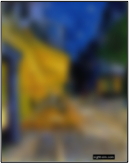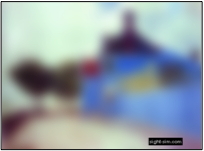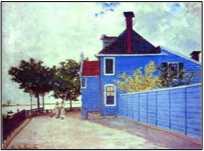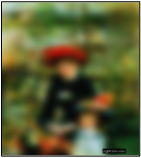Evaluating and reducing the Impact of Visual Impairment on the Capacity to engage with Visual Art


Project Outline
- Further understanding of impact of visual impairment on art appreciation.
- Enhance museum and gallery experiences of individuals in Scotland with visual impairment.
- Inform gallery access provision.
- Inform NHS art/health policy.
- Address Assumptions:
- visitors with visual impairment see nothing at all;
- language is capable of doing justice to impact
- visitors with visual impairment are happy to take the beauty of an artefact on trust


Project Aims
1. Understanding the effect of visual impairment on young people's art appreciation.
2. Reducing the effect of visual impairment on young people's art appreciation:
- by enhancing the visibility of the work;
- by enhancing existing verbal access.
3. Creating multi-sensory interpretative tools to complement verbal approaches in providing access to art previously available only as text.

Research Team
- Dr David Feeney, VIScotland
- FLIP: Disability Equality in the Arts
- UoE Dept of Art History
- NHS Greater Glasgow & Clyde
- Galleries across Scotland
- Justin Wilson (installation artist)
Project Duration
April 2011-April 2013


Visual Impairment & Creative Arts Assessment Criteria
- Focus on demonstration of increased capacity for expression, evaluation and appreciation.
Need to understand conditions under which art can fulfil its functions in the case of visually impaired learners. Only then will we be in a position to evaluate meaningfully:
- Optimum conditions of display/appreciation;
- Cognitive, social, attitudinal & psychological impact;
- Emotional engagement;
- Sensory engagement;
- Creative response;
- Appetite/stimulation

